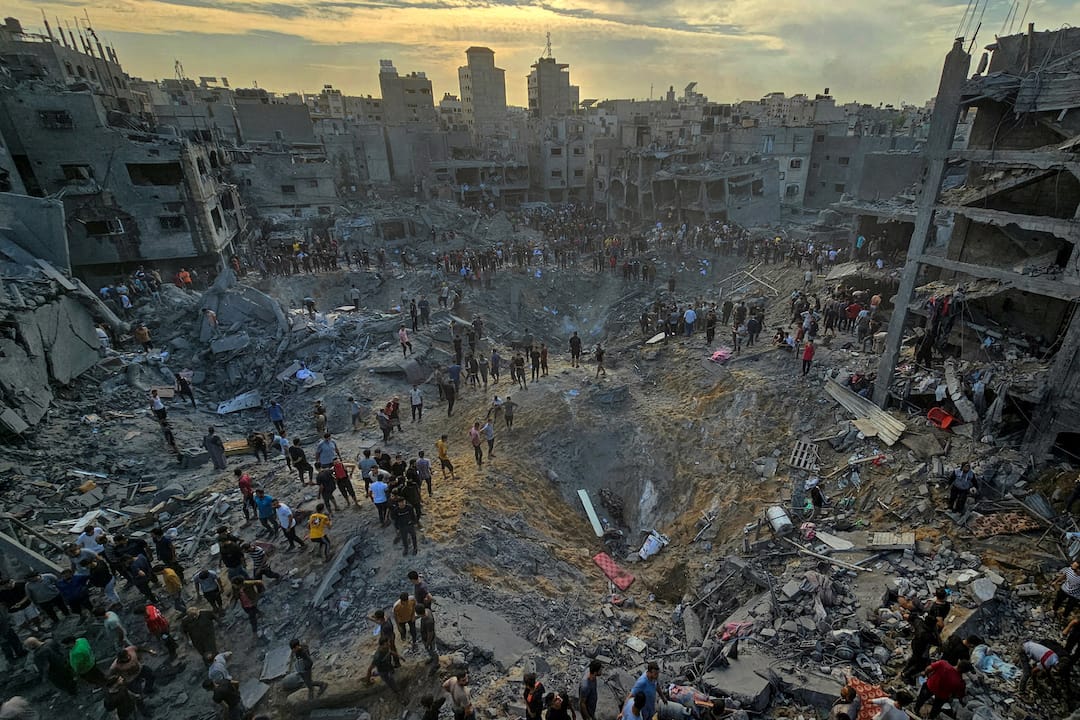yanomami.net – In an era where globalization has made the world seem smaller and more accessible, there are still pockets of the globe where conflict, violence, and instability reign supreme. These war-torn countries are not just geographical locations on a map; they are places where the fabric of society has been shredded by war, where the daily struggle for survival overshadows any semblance of normalcy. This article delves into the world’s most dangerous countries, examining the root causes of their instability and the impact on their populations.
Syria: A Decade of Devastation
Syria, once a country rich in history and culture, has been ravaged by a brutal civil war since 2011. The conflict, which began with peaceful protests, escalated into a full-blown war involving government forces, rebel groups, and foreign powers. The result has been catastrophic, with hundreds of thousands dead, millions displaced, and cities reduced to rubble. The use of chemical weapons, sieges, and indiscriminate bombing have made Syria one of the most dangerous places on earth.
Afghanistan: The Forever War
Afghanistan has been embroiled in conflict for decades, from the Soviet invasion in the 1980s to the U.S.-led invasion in 2001. The country has been a battleground for various factions, including the Taliban, ISIS, and international coalition forces. Despite the withdrawal of U.S. troops in 2021, the situation remains volatile, with the Taliban regaining control and imposing a strict interpretation of Islamic law. Afghanistan’s future is uncertain, with ongoing violence, human rights abuses, and a collapsing economy.
Yemen: A Humanitarian Catastrophe
Yemen, located on the southern tip of the Arabian Peninsula, has been torn apart by a complex civil war since 2014. The conflict pits the Houthi rebels, who control the capital Sana’a, against the internationally recognized government backed by a Saudi-led coalition. The war has led to widespread destruction, a collapsed state, and one of the world’s worst humanitarian crises. Millions of Yemenis are at risk of famine, and the country’s infrastructure is in ruins.
South Sudan: Born in Bloodshed
South Sudan, the world’s youngest country, gained independence from Sudan in 2011. However, its birth was soon followed by a brutal civil war that erupted in 2013. The conflict, characterized by ethnic violence, has led to tens of thousands of deaths and over 4 million people displaced. South Sudan’s economy is in shambles, and the country faces widespread food insecurity and disease.
Iraq: A Fragile Peace
Iraq has been a theater of conflict since the 2003 U.S.-led invasion that toppled Saddam Hussein. The country has since faced insurgencies, sectarian violence, and the rise of ISIS, which at its peak controlled large swathes of Iraqi territory. Although ISIS has been militarily defeated, Iraq remains fragile, with ongoing political instability, corruption, and sporadic violence. The legacy of war has left deep scars on Iraqi society.
The Human Cost
The impact of these conflicts on human life is immeasurable. Civilians are often caught in the crossfire, with innocent lives lost and communities destroyed. The psychological toll on survivors is profound, with trauma, grief, and displacement becoming part of their daily reality. Moreover, the infrastructure necessary for a functioning society—hospitals, schools, and utilities—is frequently targeted or neglected, exacerbating the suffering.
The Road to Recovery
The path to peace and stability in these war-torn countries is fraught with challenges. It requires not only a cessation of hostilities but also a commitment to reconciliation, justice, and rebuilding. International support, in the form of humanitarian aid, peacekeeping efforts, and diplomatic engagement, is crucial. However, sustainable peace must be driven by the people of these countries, with inclusive governance and respect for human rights at its core.
In conclusion, the world’s most dangerous countries are not just statistics or news headlines; they are home to millions of people yearning for peace. Understanding the complexities of these conflicts is the first step toward finding lasting solutions. As the global community, it is our responsibility to stand in solidarity with those affected, to support their journey toward recovery, and to work tirelessly for a more peaceful world.
